Home>Gardening & Outdoor>Landscaping Ideas>When Do Baby Goats Start Eating Grass
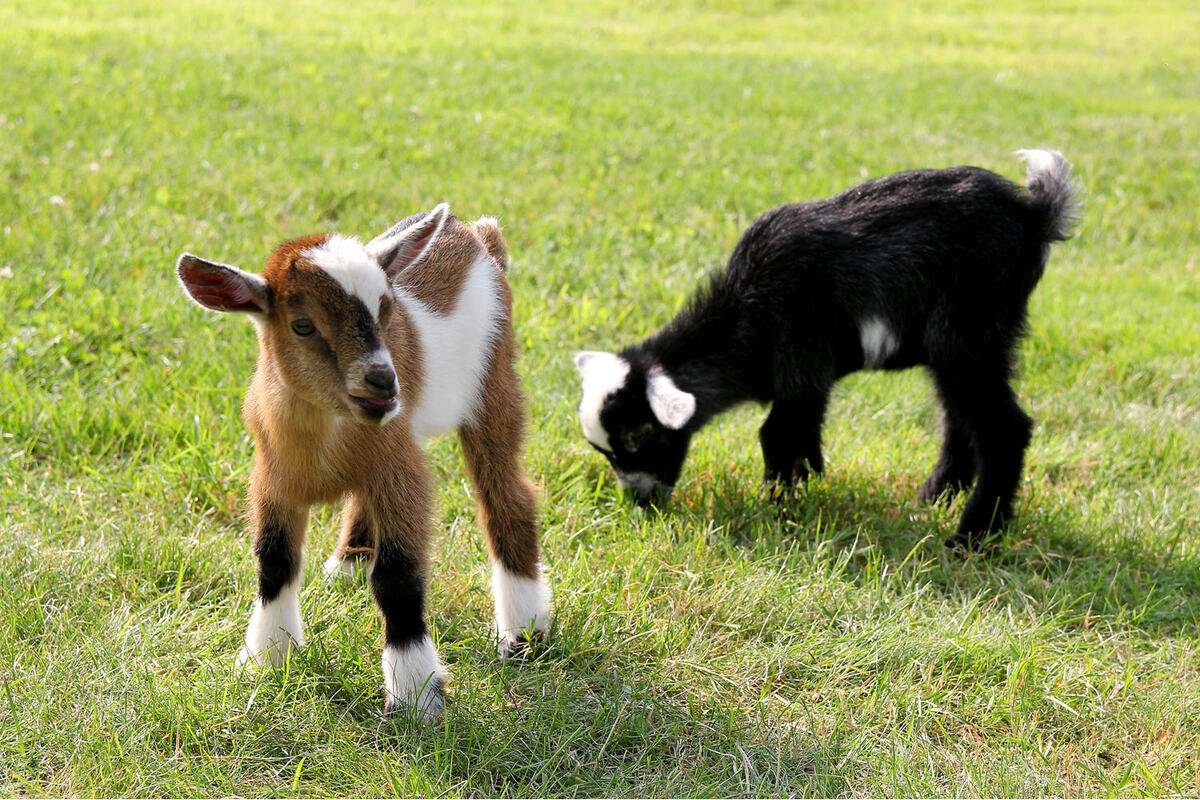

Landscaping Ideas
When Do Baby Goats Start Eating Grass
Modified: February 18, 2024
Discover when baby goats start eating grass and learn how to incorporate landscaping ideas to create a suitable environment for their grazing habits. Explore tips and techniques for nurturing healthy and happy goats.
(Many of the links in this article redirect to a specific reviewed product. Your purchase of these products through affiliate links helps to generate commission for Storables.com, at no extra cost. Learn more)
Introduction
Baby goats, also known as kids, are adorable and lively creatures that bring joy to any farm or homestead. As they grow, their dietary needs evolve, and one significant milestone in their development is the transition from milk to solid food. A crucial aspect of this transition is the introduction of grass into their diet. Understanding when and how to incorporate grass into a baby goat's diet is essential for their overall health and well-being. In this article, we will explore the process of introducing grass to baby goats, the signs that indicate they are ready to consume grass, and the significance of this dietary shift in their early stages of life.
The journey of a baby goat from solely relying on milk to embracing a more diverse diet is a fascinating and pivotal phase in their growth. It marks the beginning of their exploration of the world around them and their gradual independence from their mother's milk. As caretakers of these endearing creatures, it is our responsibility to guide them through this transition with care and attention to their nutritional needs.
In the following sections, we will delve into the specifics of this dietary transition, shedding light on the importance of grass in a baby goat's diet, the signs that indicate their readiness to consume grass, and the best practices for introducing this vital element into their daily nourishment. By understanding the intricacies of this process, we can ensure that baby goats thrive and flourish as they embark on their journey towards adulthood.
Key Takeaways:
- Baby goats typically start eating grass when they are around two to three weeks old, showing curiosity, independence from milk, healthy appetite, rumen development, and natural grazing behavior.
- Introducing grass to baby goats should be gradual, with high-quality and diverse grass, close monitoring, and supportive nutrition, fostering their natural instincts and overall well-being.
Read more: When Can Baby Rabbits Eat Grass
The Transition from Milk to Solid Food
The transition from milk to solid food is a significant milestone in the life of a baby goat. At birth, kids rely entirely on their mother's milk for nourishment. However, as they grow and develop, their nutritional needs evolve, prompting the gradual shift towards consuming solid food. This transition typically begins when the kids are around two to three weeks old, although individual development and readiness can vary.
During the initial stages of the transition, baby goats may exhibit curiosity towards their mother's feed and other solid foods within their environment. They may tentatively nibble on hay, grain, or vegetation, signaling their interest in exploring new sources of nourishment. This exploratory behavior is a natural part of their development as they become increasingly independent from their mother's milk.
As baby goats continue to mature, their digestive systems adapt to accommodate a more diverse diet. The process of weaning, which involves reducing their reliance on milk and introducing solid foods, is gradual and should be approached with patience and attentiveness. It is essential to monitor the kids' progress during this phase, ensuring that they are transitioning comfortably and consuming an appropriate balance of nutrients.
Introducing a variety of solid foods, including high-quality hay and grain, supports the baby goats' nutritional needs and aids in the development of their digestive capabilities. This gradual exposure to solid food prepares them for the eventual incorporation of grass into their diet, laying the foundation for a healthy and balanced nutritional intake.
The transition from milk to solid food is a pivotal stage that sets the groundwork for a baby goat's lifelong dietary habits. By providing them with the necessary support and guidance during this transition, caretakers play a crucial role in fostering the kids' overall well-being and development. As baby goats take their first tentative steps towards embracing solid food, they embark on a journey of growth and independence, marking a significant chapter in their early lives.
The Importance of Grass in a Baby Goat's Diet
Grass plays a pivotal role in a baby goat's diet, offering a myriad of benefits that contribute to their overall health and well-being. As baby goats transition from a milk-based diet to consuming solid food, the introduction of grass holds significant importance in supporting their nutritional requirements and fostering their physical development.
Nutritional Value
Grass serves as a rich source of essential nutrients, including fiber, vitamins, and minerals, which are vital for a baby goat's growth and digestive health. The fibrous nature of grass aids in maintaining healthy rumen function, supporting the development of the kids' complex digestive system. Additionally, the diverse array of nutrients present in grass contributes to the overall nutritional balance of the baby goats' diet, ensuring they receive the essential elements necessary for their well-rounded growth.
Dental Health and Jaw Development
Chewing on grass provides valuable exercise for a baby goat's developing jaw muscles and dental structure. This activity promotes dental health and facilitates the proper alignment and growth of their teeth, laying the foundation for strong and healthy oral function as they mature. The act of grazing on grass also encourages natural chewing behavior, which is essential for the kids' overall oral health and well-being.
Read more: When To Start Using A Toothbrush For Babies
Behavioral Stimulation
Incorporating grass into a baby goat's diet offers more than just nutritional benefits; it also provides valuable behavioral stimulation. Grazing on grass allows the kids to engage in natural foraging behavior, promoting mental stimulation and physical activity. This natural behavior encourages the development of their instincts and fosters a sense of curiosity and exploration, contributing to their overall cognitive and emotional well-being.
Transition to Adult Diet
Introducing grass to a baby goat's diet serves as a crucial step in preparing them for their eventual transition to an adult diet. By gradually familiarizing the kids with the consumption of grass, caretakers facilitate a smooth and seamless progression towards a diet that aligns with the natural feeding patterns of adult goats. This gradual exposure to grass sets the stage for a successful transition to a broader range of forage and vegetation as the baby goats mature into adulthood.
In essence, the incorporation of grass into a baby goat's diet holds immense significance, encompassing nutritional, developmental, and behavioral benefits. By recognizing the importance of grass in supporting the overall well-being of baby goats, caretakers can ensure that these endearing creatures receive the essential elements necessary for their growth and development. As baby goats eagerly explore the world around them, the presence of grass in their diet serves as a foundational component that nurtures their physical, mental, and emotional vitality.
Signs that a Baby Goat is Ready to Eat Grass
Recognizing the signs that indicate a baby goat is ready to consume grass is essential for ensuring a smooth and successful transition to a more diverse diet. As caretakers observe the development and behavior of the kids, certain indicators emerge, signaling their readiness to incorporate grass into their daily nourishment.
Curiosity and Exploration
One of the primary signs that a baby goat is ready to eat grass is the display of curiosity and exploration towards vegetation within their environment. As the kids become increasingly inquisitive about their surroundings, they may exhibit interest in grazing on grass, demonstrating a natural inclination towards exploring new sources of nourishment. This curiosity often manifests as tentative nibbling and sampling of grass, reflecting the kids' growing readiness to embrace a broader range of food options.
Read more: When Can Baby Eat Pomegranate Seeds
Increased Independence from Milk
As baby goats progress through the weaning process and gradually reduce their reliance on milk, they display a heightened level of independence in seeking alternative sources of nourishment. This shift towards greater autonomy in their feeding behavior signifies their readiness to explore and consume solid foods, including grass. Caretakers may observe the kids displaying more assertive and self-directed feeding behaviors, indicating their preparedness to incorporate grass into their diet.
Healthy Appetite for Solid Foods
Baby goats that are ready to eat grass often exhibit a healthy appetite for solid foods, including high-quality hay and grain. As they eagerly consume these solid food options and demonstrate a keen interest in exploring different textures and flavors, they display a readiness to embrace the introduction of grass into their diet. Their enthusiastic approach to consuming a varied diet reflects their evolving nutritional needs and their capacity to derive nourishment from a broader range of food sources.
Rumen Development and Digestive Readiness
The development of a baby goat's rumen, the first compartment of their stomach responsible for fermentation and digestion, serves as a crucial indicator of their readiness to consume grass. As the kids' rumen matures and becomes more adept at processing solid foods, they exhibit an increased tolerance for fibrous vegetation such as grass. Caretakers may observe the kids displaying improved digestive capabilities and a greater capacity to derive nourishment from roughage, signaling their physiological readiness to incorporate grass into their diet.
Natural Grazing Behavior
Observing the baby goats engaging in natural grazing behavior further signifies their readiness to eat grass. As they actively seek out and graze on grass within their environment, they demonstrate a natural instinct for foraging and consuming vegetation. This innate behavior reflects their readiness to embrace the nutritional and behavioral benefits of grass consumption, highlighting their preparedness to integrate this vital element into their daily feeding routine.
In summary, recognizing the signs that indicate a baby goat's readiness to consume grass involves observing their behavior, appetite, and physiological development. By attentively monitoring the kids' progression and responsiveness to solid foods, caretakers can identify the cues that signify their preparedness to embrace the nutritional and developmental advantages of incorporating grass into their diet. As baby goats exhibit these signs of readiness, they embark on a transformative journey towards a more diverse and enriching dietary experience, laying the groundwork for their continued growth and well-being.
Read more: When To Start Landscaping
Introducing Grass to Baby Goats
Introducing grass to baby goats is a pivotal step in their dietary transition, marking a significant milestone in their journey towards embracing a more diverse and balanced diet. As caretakers guide the kids through this process, it is essential to approach the introduction of grass with patience, attentiveness, and a thorough understanding of the best practices for facilitating this dietary shift.
Gradual Integration
The introduction of grass to baby goats' diet should be approached gradually, allowing the kids to acclimate to this new food source at their own pace. Caretakers can begin by offering small quantities of tender, high-quality grass to the baby goats, observing their response and ensuring that they are comfortable with the new addition to their diet. This gradual integration allows the kids to familiarize themselves with the taste, texture, and nutritional benefits of grass, laying the foundation for a smooth and successful transition.
Quality and Variety
Providing baby goats with access to high-quality grass is essential for supporting their nutritional needs and ensuring a positive introduction to this vital food source. Fresh, tender grass that is free from contaminants and harmful substances is ideal for the kids' initial exposure to grazing. Additionally, offering a variety of grass species, such as clover, ryegrass, and alfalfa, introduces diversity into their diet, enriching their nutritional intake and promoting a well-rounded feeding experience.
Observation and Monitoring
As baby goats begin to consume grass, caretakers should closely observe their behavior and dietary preferences, ensuring that they are adapting comfortably to this new element in their diet. Monitoring the kids' grazing habits, digestive response, and overall well-being allows caretakers to assess their readiness and receptiveness to grass consumption. This attentive observation enables caretakers to make informed adjustments and provide tailored support as the baby goats navigate this dietary transition.
Read more: When To Start Mowing Grass
Environmental Enrichment
Incorporating grass into the baby goats' environment as part of their daily foraging experience promotes natural behavior and stimulates their curiosity and exploration. Allowing the kids access to a safe and enriching outdoor space where they can graze on grass fosters a sense of connection to their natural habitat and encourages healthy, active engagement with their surroundings. This environmental enrichment contributes to the holistic well-being of the baby goats, nurturing their physical, mental, and emotional development.
Supportive Nutrition
While introducing grass to baby goats, it is important to ensure that they continue to receive a balanced and supportive diet that complements their grazing activity. Supplementing their grass consumption with high-quality hay and grain provides additional nourishment and supports their overall nutritional requirements. This balanced approach ensures that the baby goats receive the essential nutrients necessary for their growth and development, complementing their exploration of grass as a fundamental component of their diet.
By embracing these best practices and considerations, caretakers can facilitate a seamless and enriching introduction of grass to baby goats, nurturing their transition to a more diverse and nourishing diet. As the kids eagerly embrace the opportunity to graze on grass and explore the natural world around them, they embark on a transformative journey towards a diet that aligns with their natural instincts and supports their overall well-being.
Conclusion
In conclusion, the transition from milk to solid food marks a significant milestone in the development of baby goats, encompassing a pivotal shift towards embracing a more diverse and balanced diet. The introduction of grass holds immense importance in supporting the nutritional, developmental, and behavioral needs of the kids as they navigate this transformative phase of their early lives.
As caretakers, recognizing the signs that indicate a baby goat's readiness to consume grass is essential for guiding them through this dietary transition with care and attentiveness. The display of curiosity, increased independence from milk, healthy appetite for solid foods, rumen development, and natural grazing behavior serve as valuable indicators that signify the kids' preparedness to integrate grass into their daily nourishment.
Introducing grass to baby goats involves a gradual and patient approach, allowing the kids to acclimate to this new food source at their own pace. Providing high-quality and diverse grass species, closely monitoring their response, and ensuring supportive nutrition are integral aspects of facilitating a successful introduction to grazing. This process not only supports the kids' physical well-being but also fosters their natural instincts, cognitive development, and overall vitality.
The incorporation of grass into a baby goat's diet offers a myriad of benefits, including essential nutrients, dental health and jaw development, behavioral stimulation, and preparation for their transition to an adult diet. By embracing the significance of grass in nurturing the holistic well-being of baby goats, caretakers play a vital role in fostering their growth and development.
As baby goats eagerly explore the world around them and graze on tender grass, they embark on a journey of discovery, independence, and natural fulfillment. The presence of grass in their diet serves as a foundational component that supports their physical, mental, and emotional vitality, laying the groundwork for their continued growth and well-being.
In essence, the introduction of grass to baby goats represents a harmonious blend of nutritional nourishment, developmental enrichment, and natural fulfillment, encapsulating the essence of their journey towards a vibrant and thriving existence. By embracing this transition with empathy and understanding, caretakers contribute to the enduring health and vitality of these endearing creatures, ensuring that they flourish as they embrace the nourishing embrace of nature's bounty.
Frequently Asked Questions about When Do Baby Goats Start Eating Grass
Was this page helpful?
At Storables.com, we guarantee accurate and reliable information. Our content, validated by Expert Board Contributors, is crafted following stringent Editorial Policies. We're committed to providing you with well-researched, expert-backed insights for all your informational needs.
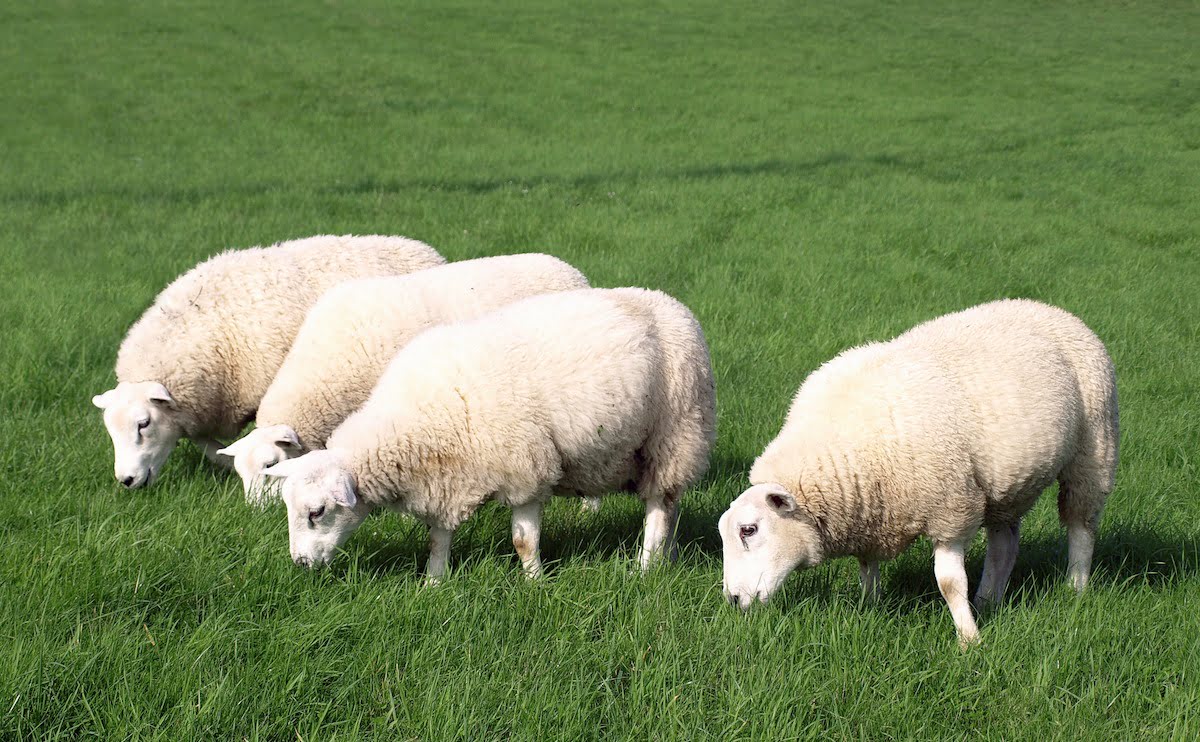
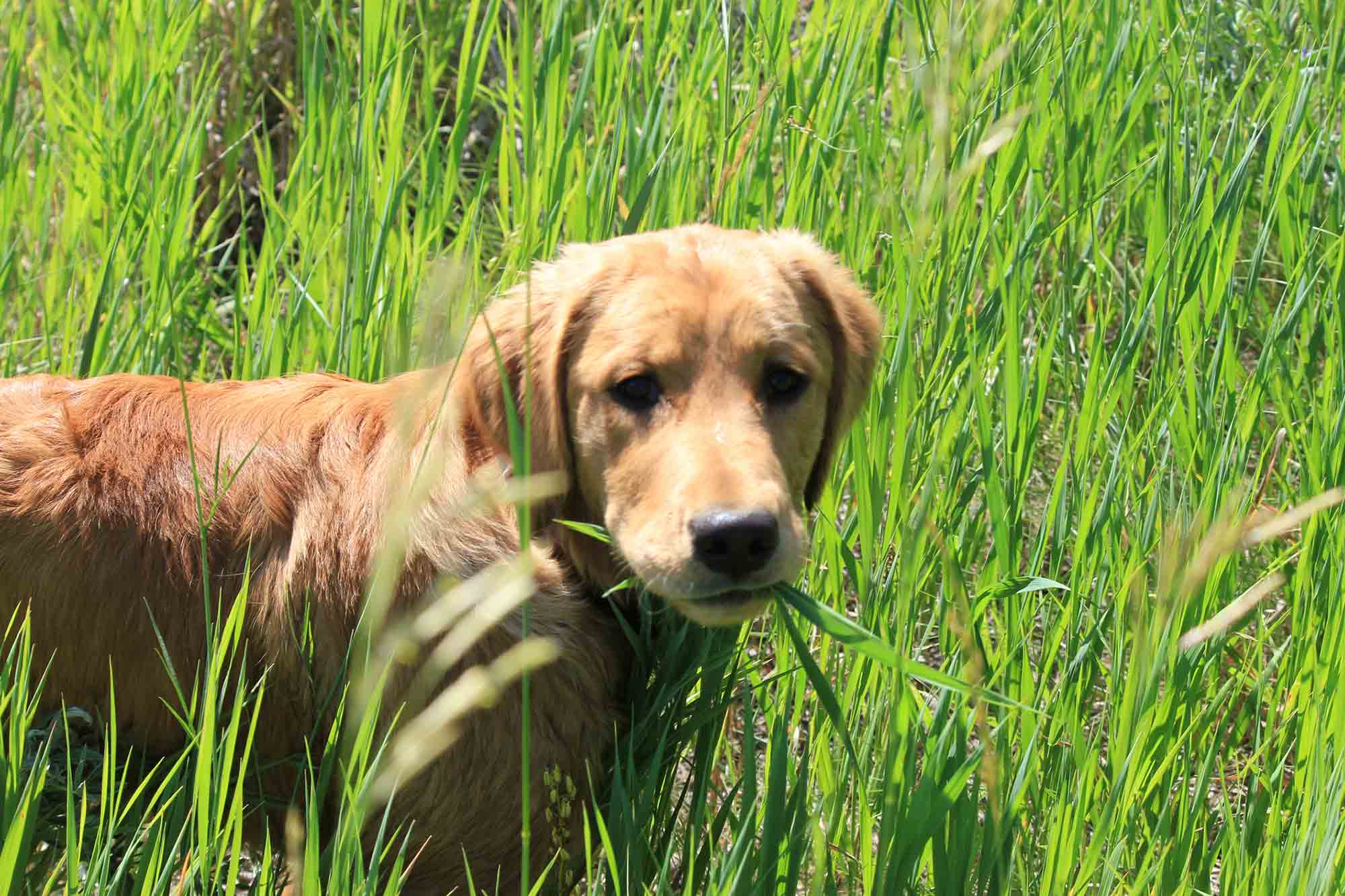

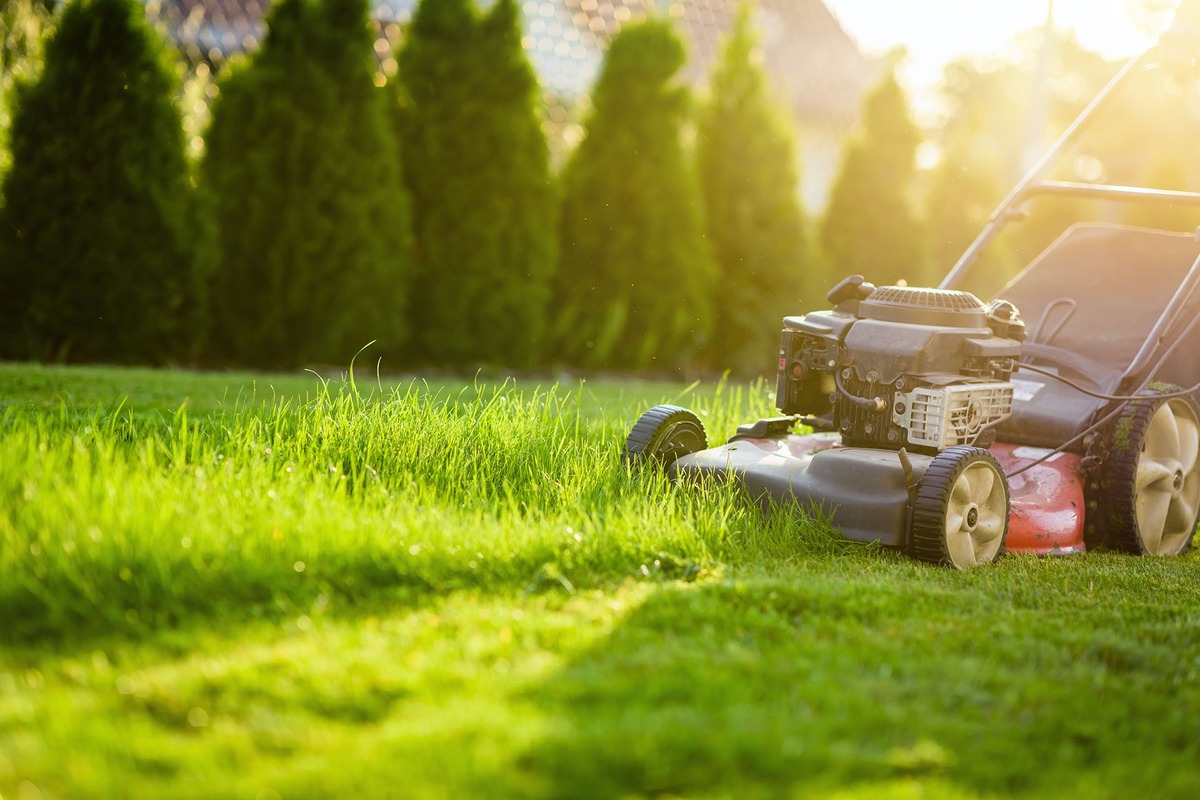
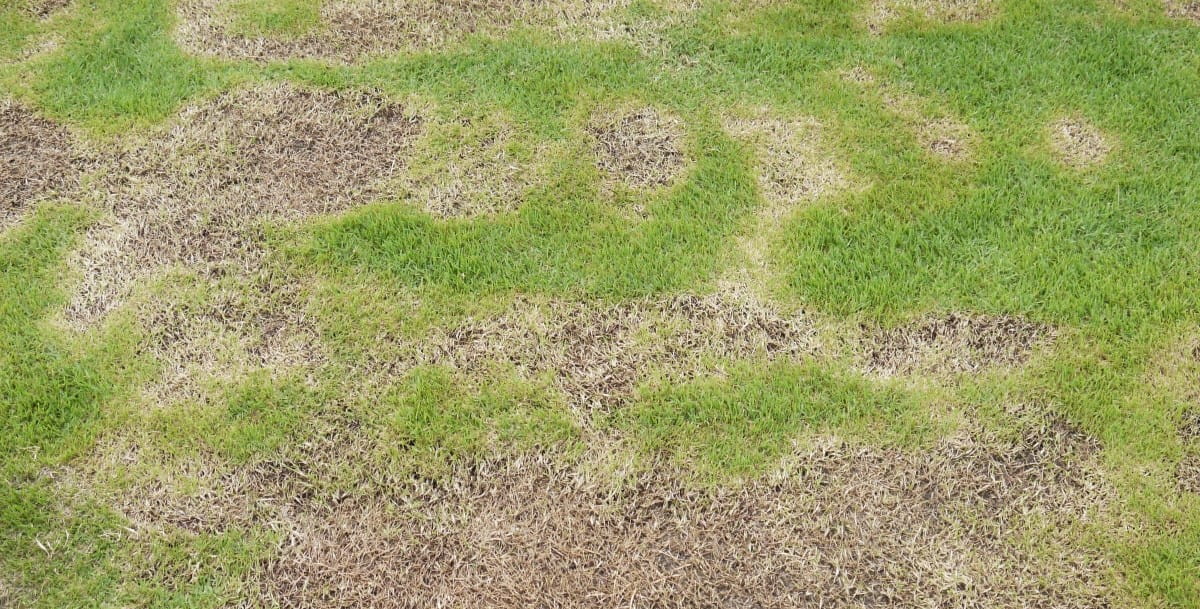
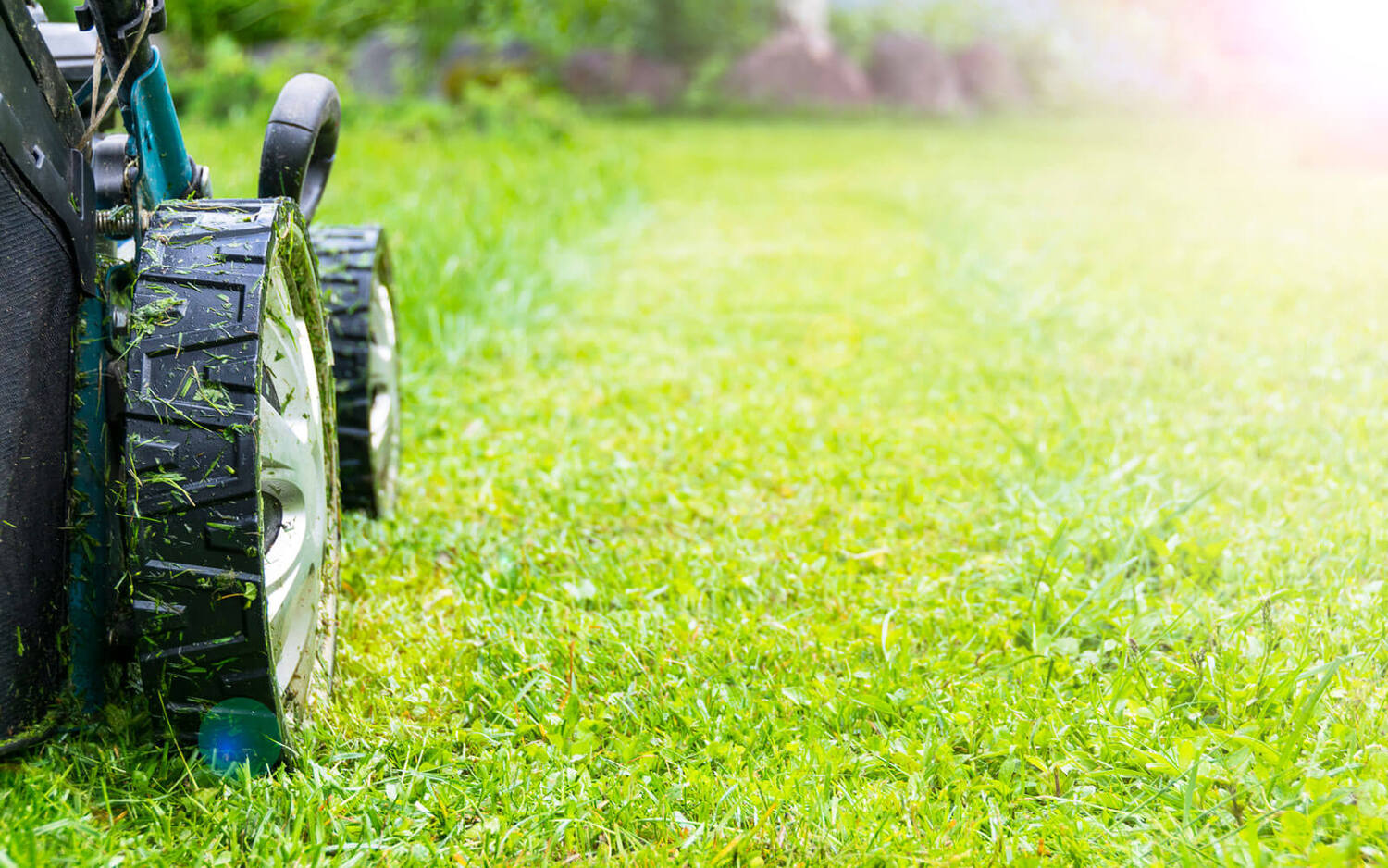
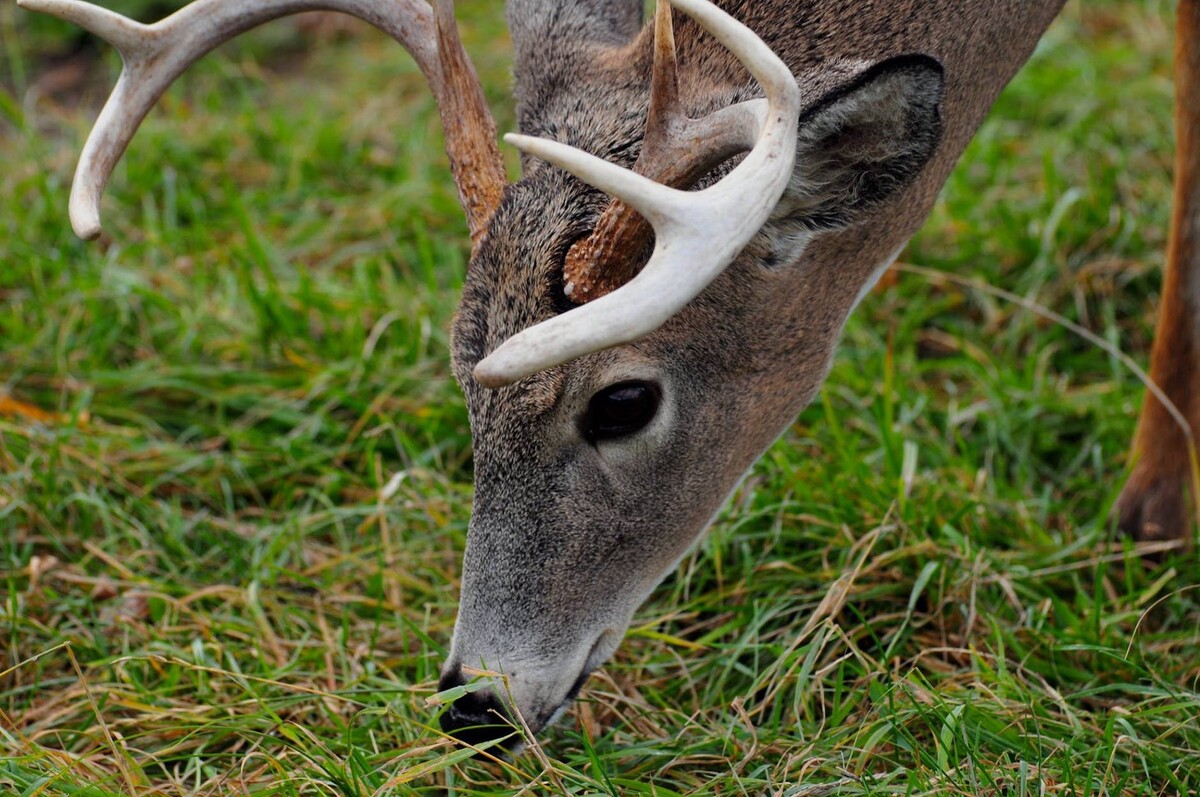
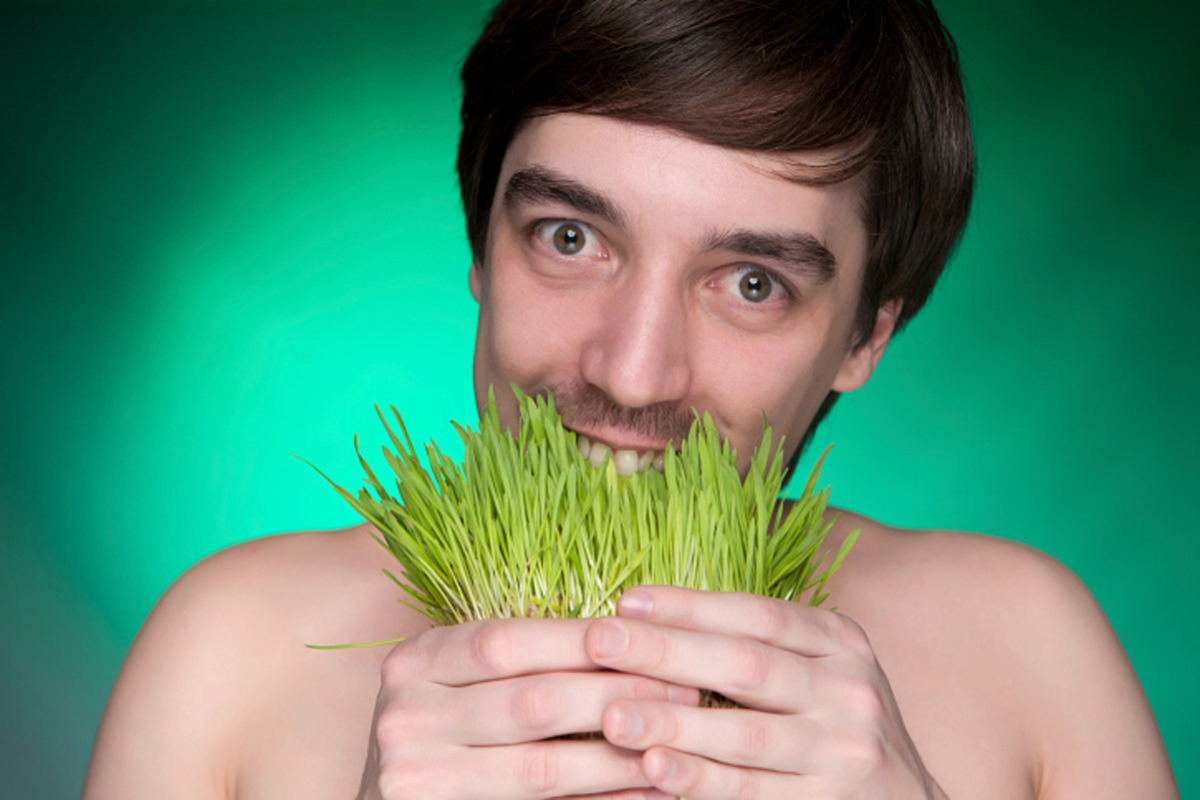

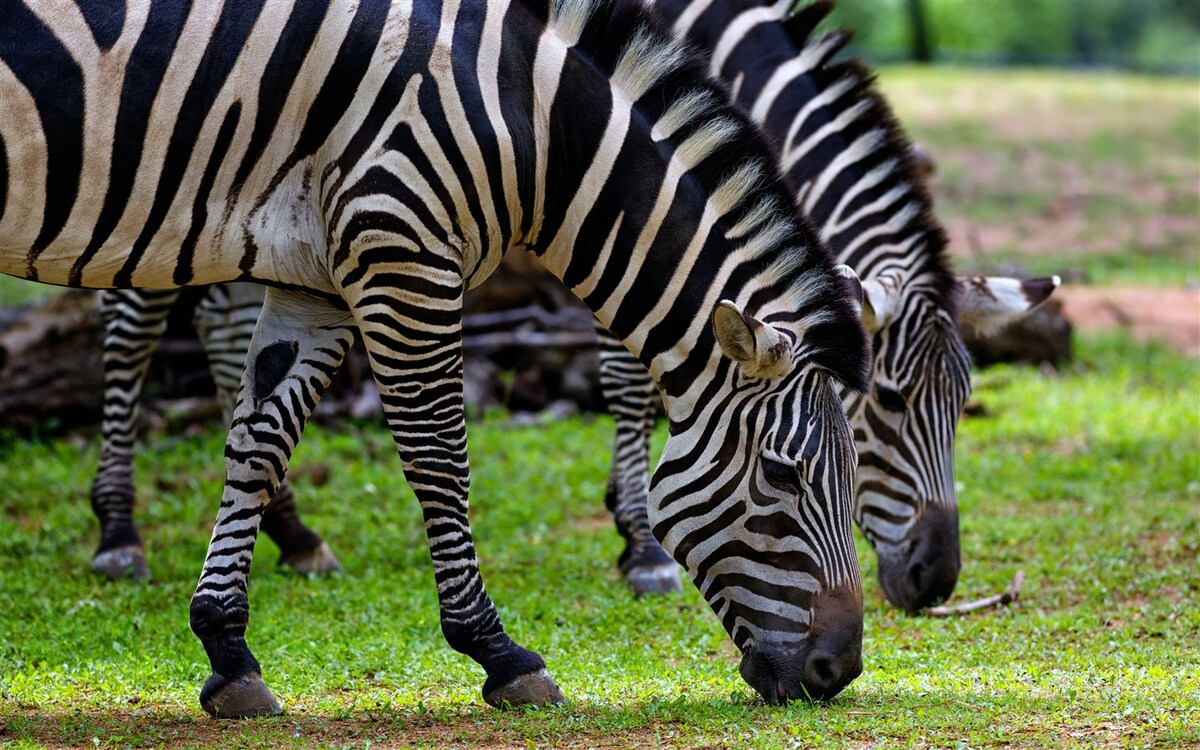


0 thoughts on “When Do Baby Goats Start Eating Grass”